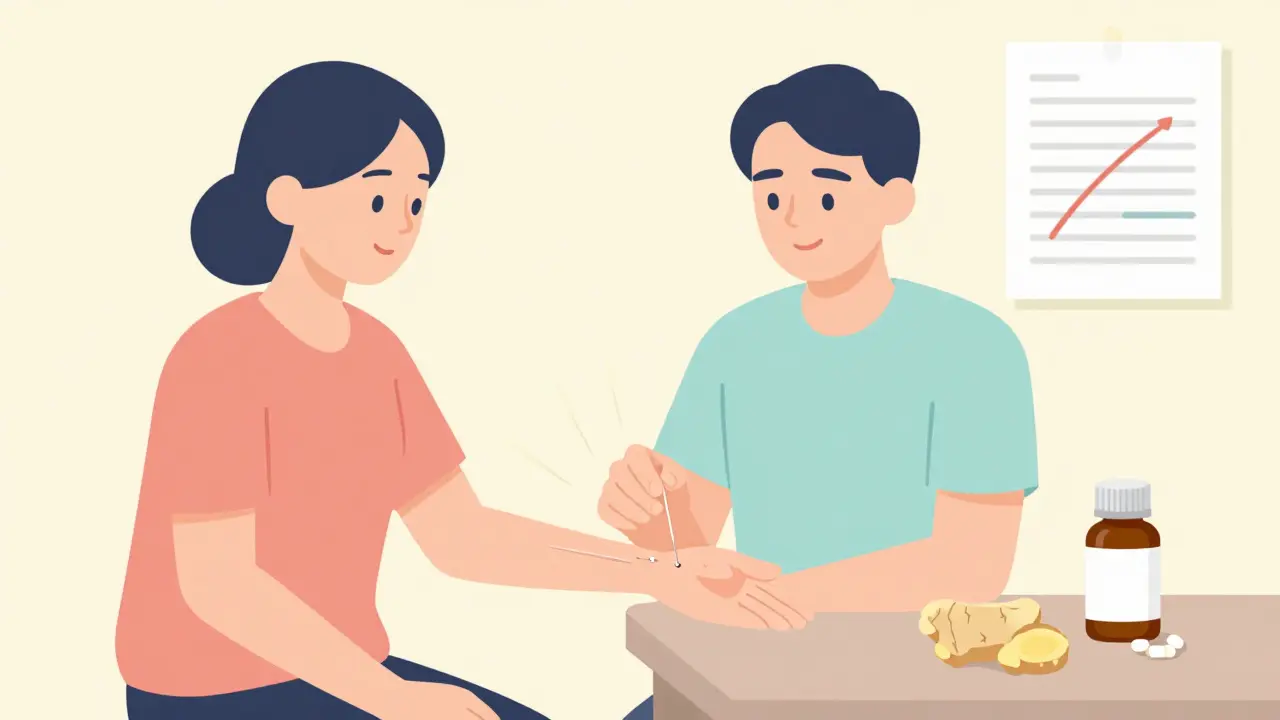Medication side effects: spot them early and stay safe
Side effects are one of the top reasons people stop taking meds. Knowing what to expect, when a symptom is serious, and how to reduce risk makes your treatment safer and less stressful. Below are clear, practical tips you can use right now.
Common side effects and what they mean
Some effects are mild and go away: nausea, sleepiness, dry mouth, or mild headache. For example, meclizine often causes drowsiness, while Prilosec (omeprazole) users sometimes notice gas, constipation, or long-term nutrient changes. Other drugs carry specific risks: Clozaril (clozapine) needs regular blood tests because of rare but serious drops in white cells. Zyvox (linezolid) can interact with certain antidepressants and raise the risk of serotonin syndrome. Imitrex (sumatriptan) may cause chest tightness that isn’t a heart attack but still needs checking if you have heart disease risk.
Timing helps decide cause. New symptoms within hours to days of starting a drug are more likely related. Delayed problems—like bone issues with long-term Fosamax use—can show up months later. Keep a simple list: drug name, start date, dose, and new symptoms. That makes it easier to spot patterns when you talk to a clinician.
Practical steps if you get side effects
If symptoms are mild, call your pharmacist first. They can tell you if what you’re feeling is expected and recommend ways to reduce discomfort (take with food, adjust timing, avoid alcohol). Don’t stop prescribed meds suddenly unless a clinician tells you to—some drugs need a taper to avoid withdrawal or rebound problems.
Seek urgent care for red flags: difficulty breathing, facial swelling, fainting, chest pain, sudden severe rash, high fever, or signs of bleeding. For non-urgent but concerning issues—new severe headache, mood changes, muscle pain, or persistent digestive problems—contact your prescriber and ask whether to change dose, switch drug, or run tests.
Watch for interactions. A new medicine, an over-the-counter pill, herbal supplement, or even grapefruit juice can change how a drug works. Mention all meds and supplements to your doctor or pharmacist. Older adults especially should review all prescriptions regularly—polypharmacy raises the chance of harmful interactions.
Report serious or unexpected reactions. In the US use FDA MedWatch; in the UK use the Yellow Card Scheme. Reporting helps health agencies spot larger problems and keeps everyone safer. Keep records of symptoms and any advice you get so follow-up is smooth.
Want specifics? Search our site for articles like "Prilosec: Real-Life Insights" or "Where to Safely Buy Clozaril" to read real-world notes on side effects and monitoring. If something feels off, act sooner rather than later—your health depends on it.

